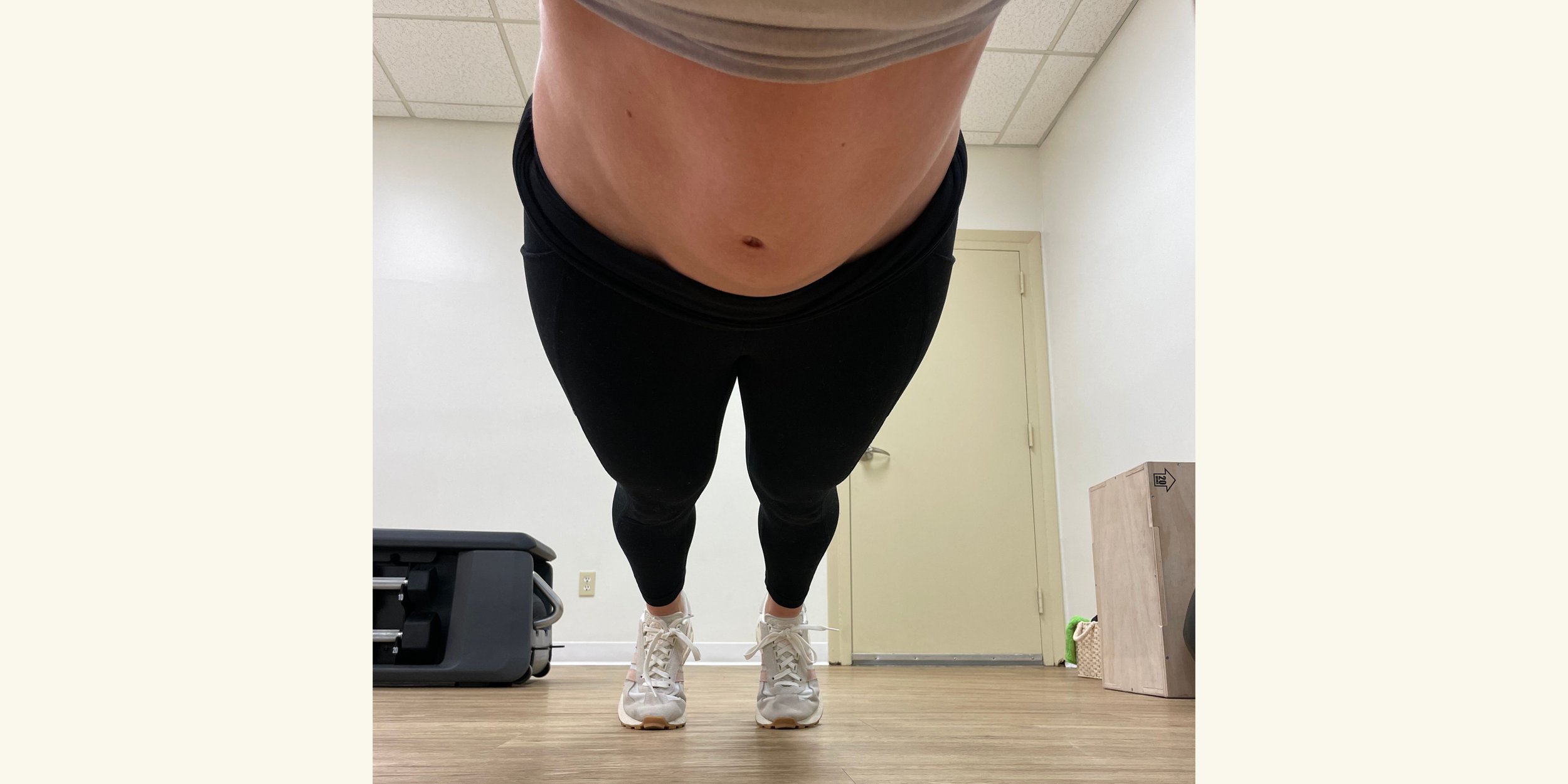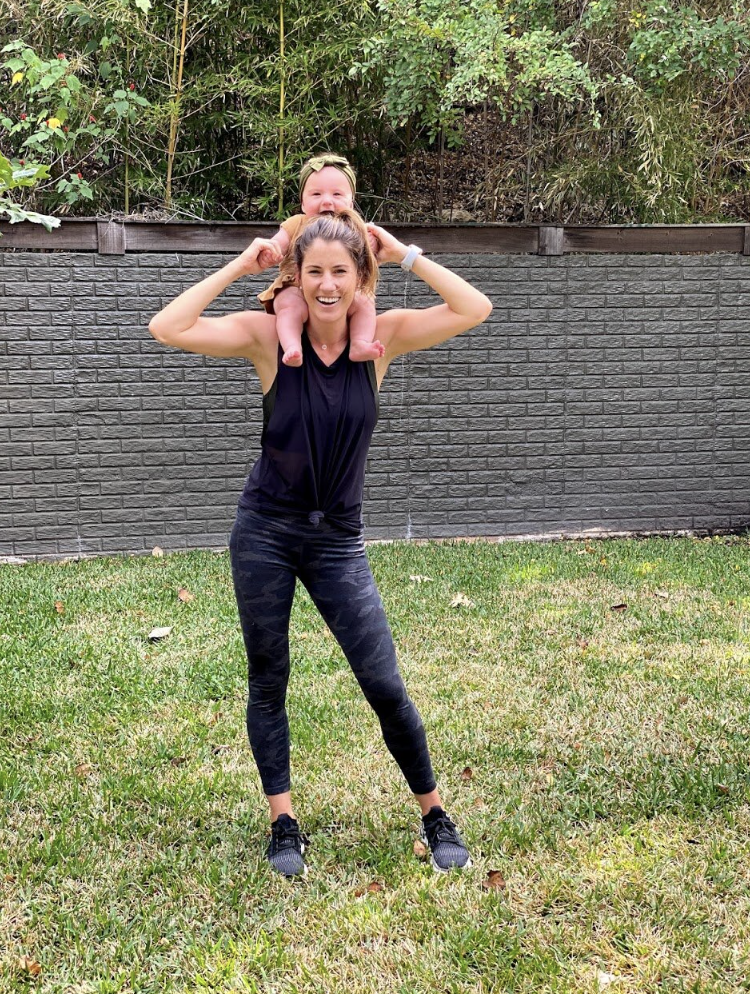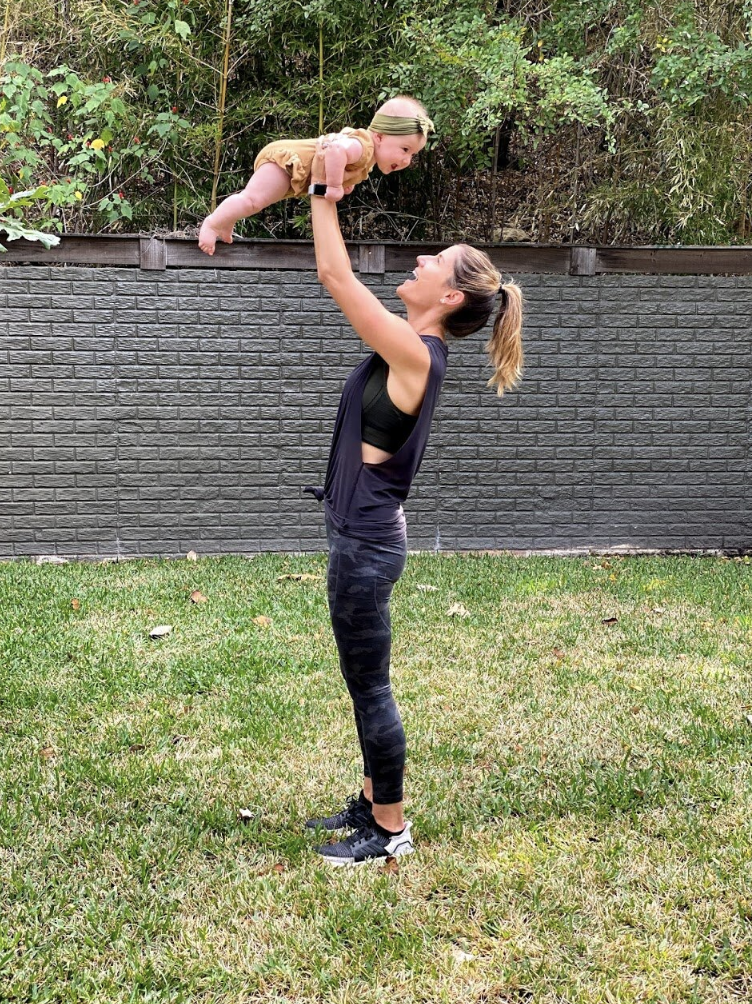What It Really Means When Your Belly Changes Shape During a Workout: A Patient Story
Bellies change shape. Particularly during and following pregnancy. Sometimes that change in shape means that we’re stressing our abdominal wall in a way we don’t want to. Sometimes it doesn’t.
Not every change of shape during pregnancy workouts is a red flag. Not every change of shape means we need to walk back intensity or that we have a problem. And this grey area is why the age old question of “which exercises should I do for this problem” is so difficult to answer without a personalized conversation and exam.
Let me tell you a story to help illustrate why coning and doming are not always black and white. This story is shared with permission of the client.
This amazing human is fit AF. She’s pregnant with her second babe. She has excellent strength, flexibility and coordination in her abdominal and pelvic floor muscles.
She also has scoliosis and a baby hanging out in the same position his big sister hung out in during her first pregnancy. As a result when she gets into a plank, or any position that challenges her core, we see a bit of asymmetrical doming. She also has a 1 finger width separation of her rectus abdominis, or a small, subclinical diastasis recti.
When she came in for a pelvic floor physical therapy evaluation, one question she brought us was whether or not it was time to dial back planking and the intensity of her core workouts. She wasn’t sure if she was able to maintain good form with some of these more challenging movements and wasn’t able to see her belly while maintaining the position. This is a totally reasonable question - for most people, there comes a point in pregnancy where workouts need to be modified and we wanted to figure out if that time had come.
So we had her plank with straight arms, on her knees, gave her some cues to optimize her abdominal engagement while holding these poses. We timed her planks with extended knees and bent knees to see how long she was able to maintain her abdominal contraction.
She was able to maintain her deep core engagement, was able to breathe and talk to us while holding the position, could feel herself breathe while holding the position. Even so, her belly still looked a little dome-ey (is that a word?) in the center.
But here’s the thing, the separation of her rectus abdominis IMPROVED after we got her into these positions that challenge her core. After planking, the separation between her rectus abdominis was smaller. With some cueing, she was able to maintain her deep core contraction while holding these challenging positions.
She could feel when she needed to reset her abdominal brace. She’s a pre and postnatal fitness instructor (one of my favorites) so she has great body awareness and knows how to modify when she needs to.
So in this case, for this person, we didn’t need to modify much. And maybe a month from now that will change. And maybe for someone else with a different history, we would decide that this much doming is more than we want to tolerate during pregnancy.
Her story is why the answer to “what kind of exercises can I do” is so complex. It depends. It depends on not just your presentation, but your strength, your symptoms, your awareness, your control, your history, your goals and your prior level of fitness.
But also - despite the fact that looking for change of belly shape during exercise is a useful cue, not all change in belly shape during workouts is concerning. Watching out for coning and doming of the belly during exercise during pregnancy and postpartum can be a useful marker for whether or not a movement is appropriate, but it doesn’t hold all the answers.
Also, if you’re looking for a pre and postnatal fitness specialist to work with in-person in Austin or virtually from anywhere else, Courtney is a rockstar. She’s kind, passionate and toes the line of programming safe workouts that make you feel the burn.
At Lady Bird Physical Therapy, we’re passionate about keeping you active throughout pregnancy and postpartum recovery. We’re here to support you and your pelvic health through all stages of your reproductive journey. If you’re experiencing any of these common pelvic floor symptoms while exercising before, during or following pregnancy, give us a call at 512-766-2649 or message us here to set up an appointment with one of our amazing pelvic floor PTs!
This post was written by Dr. Rebecca Maidansky, PT, DPT, owner and founder of Lady Bird Physical Therapy. Rebecca is a pelvic floor physical therapist in Austin, TX and founded Lady Bird Physical Therapy in 2019. She is the creator of Birth Preparation and Postpartum Planning, Baby Steps Fitness and the head writer and editor of The Pelvic Press.
Rebecca is a passionate writer and vocal advocate for pelvic health and the importance of improving access to perinatal care. She believes strongly that many common pregnancy pains and postpartum symptoms can be eased or even prevented with basic education and care.
She created this blog to help all birthing people manage common pregnancy pains, prepare for birth and recover postpartum.




